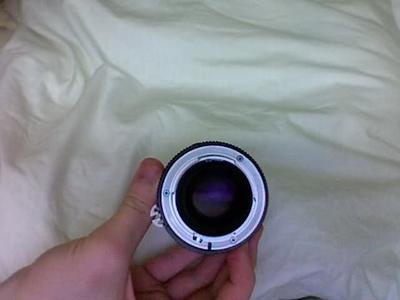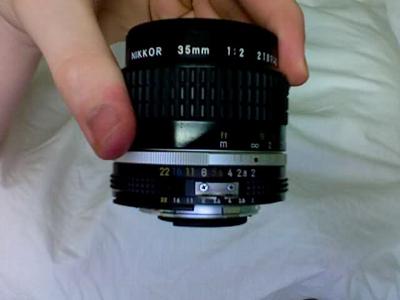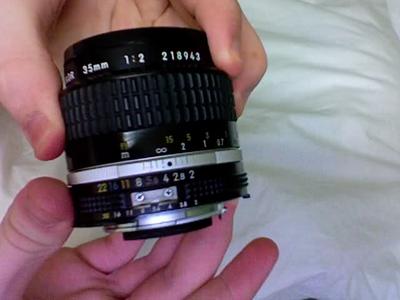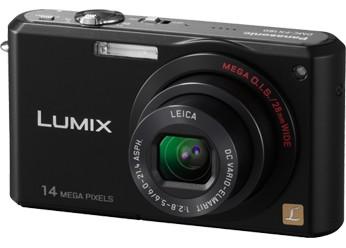I have a few lenses I no longer need. All come with Nikon to eos adapter. Shipping not included.
Nikon 135mm f2.8 $90 (comes with .9 Tiffen ND)
Great condition, focus ring is perfectly smooth, aperture ring clicks nicely. Nice sharp lens.
Tokina 17mm f3.5 $50
Cool lens, looks new. Focus ring is nice and smooth, has a little bit of play in it, nothing serious.
Nikon 35mm f2 $40 (comes with .6 grad filter and .9 TIffen ND)
Smooth focus ring, looks new, nice aperture ring
email me or pm
contact@alexhorner.com
A quick word on blocking ads

It looks like you are using an ad blocker. That's okay. Who doesn't? But without advertising revenue, we can't keep making this site awesome. Click the link below for instructions on disabling adblock.














